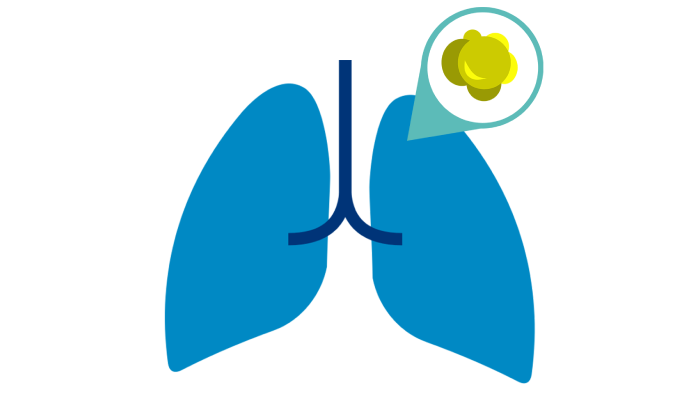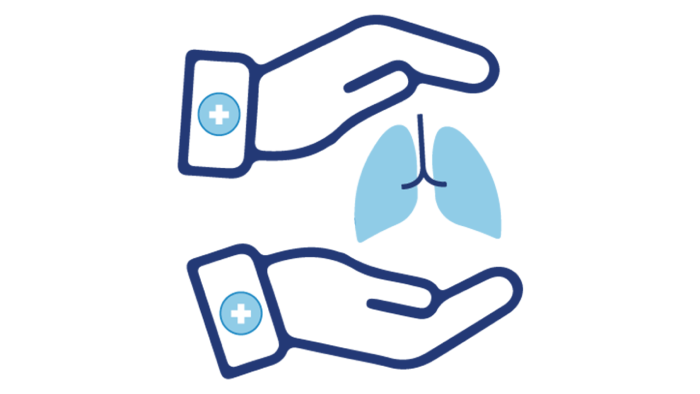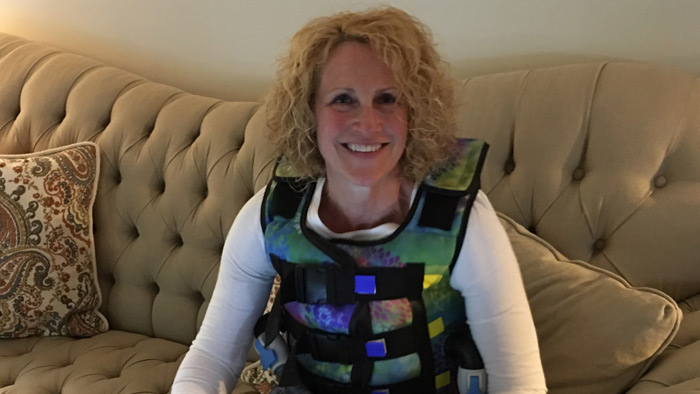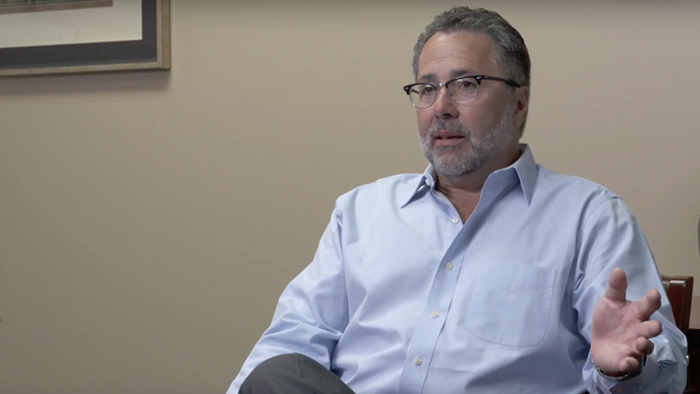Is it COPD or bronchiectasis?
Because COPD and bronchiectasis have many of the same symptoms, it can be difficult to identify the difference between them,1 especially when your patient may be experiencing symptoms of both.
See if you can correctly answer the following three questions.
25% of people living with serious COPD may have bronchiectasis. True or false?
True
False
The answer is false.
In truth, it’s estimated that 50% of people living with serious COPD may have bronchiectasis.2
Next question
The presence of bronchiectasis in patients with COPD is associated with more frequent and severe exacerbations. True or false?
True
False
The answer is true.
According to research, the presence of bronchiectasis in patients with COPD is associated with more frequent and severe exacerbations.3
Next question
Vest therapy has been shown to be effective for patients with COPD even when the status of bronchiectasis is unknown. True or false?
True
False
The answer is true.
Studies have found that vest therapy can be effective for non-CF bronchiectasis4 and also for COPD when the status of bronchiectasis was unknown.5-7









